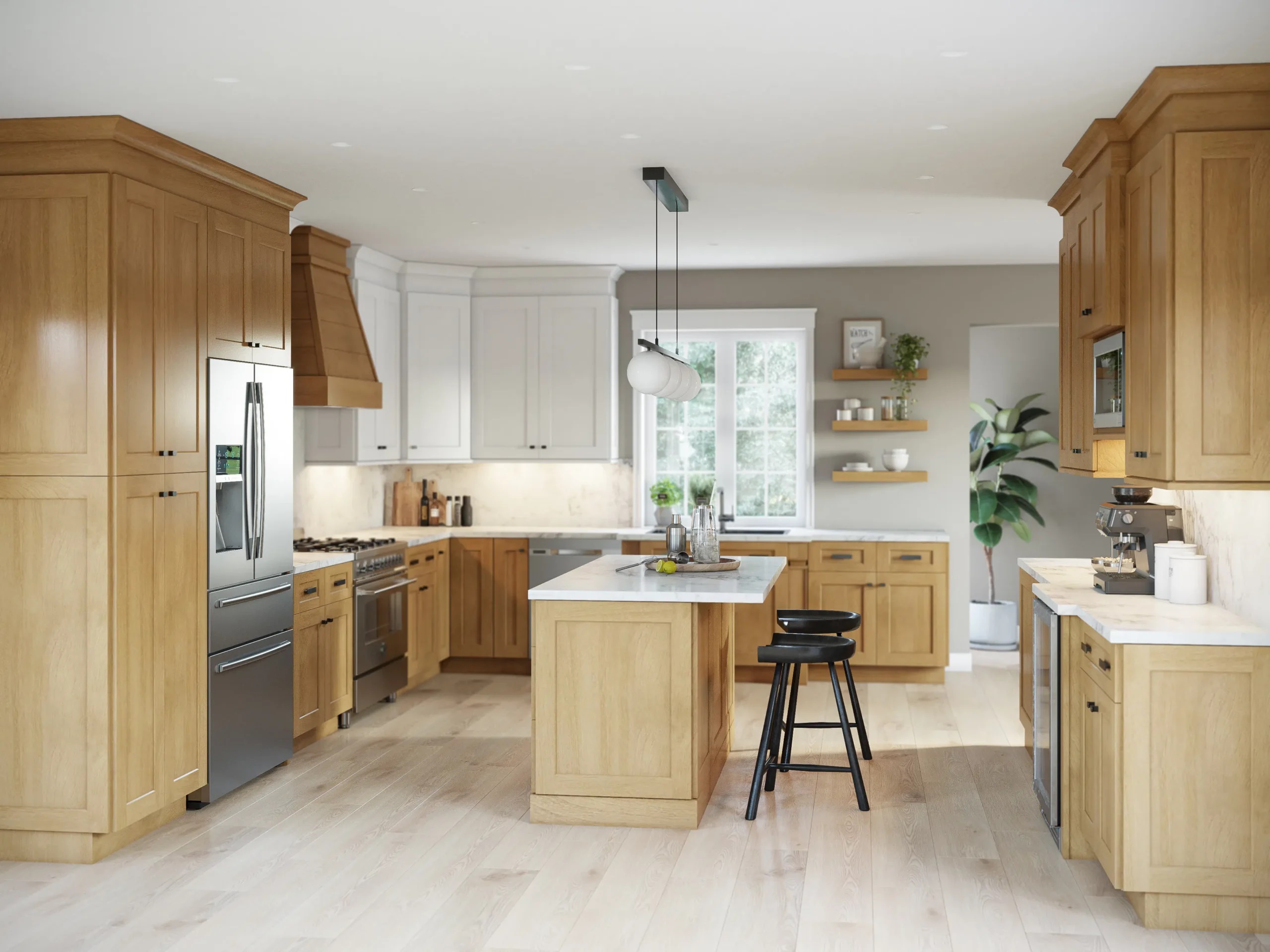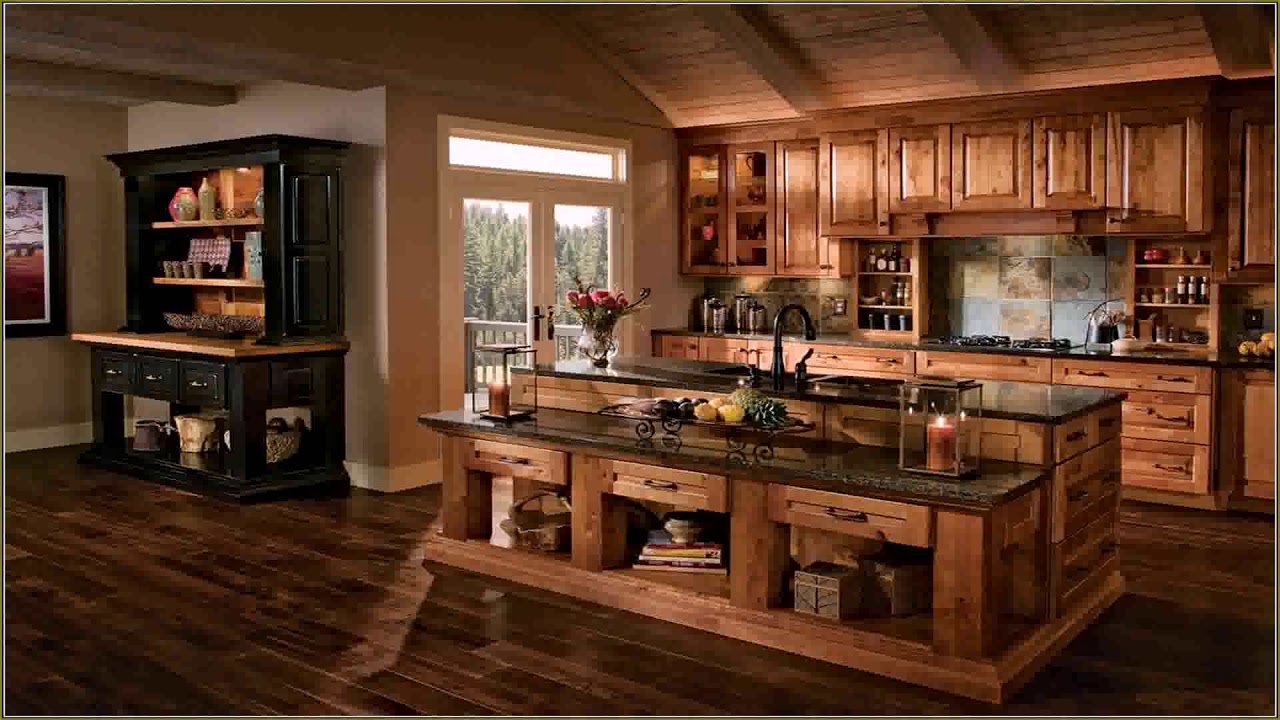When thinking of remodeling a room, the question “How does lightning affect mood” may arise in your mind. Don’t worry; we will help you get the answer. Lightning plays a very important role in achieving the required mood and environment. Understanding how various lighting choices affect mood is very essential. Lightning can make a big difference in the overall feel of your home, whether it’s a kitchen, living room, bedroom, or any other space.
The article explores the different ways lighting impacts mood. And it also provides practical tips for using light effectively in your renovations.
The Foundations of Mood and Lighting
There are many unnoticed ways that lighting affects our feelings and actions. Here are a few fundamental ideas:
-
Bright light can make us feel more energetic and awake. It also strengthens our feelings, both good and bad. But it has one disadvantage it increases tension and worry.
-
Low lighting can create a peaceful atmosphere. It also helps us relax and unwind. Low lighting makes us feel calm and comfortable.
-
Lighting direction and placement can change a room’s feel. There are three types of lighting: Ambient lighting: sets the overall mood and illuminates the room. Task lighting: focuses on specific areas for activities. Accent lighting: highlights special features and adds depth to the space.
The Effects of Bright Light on the Mind
Bright light can make emotions stronger, both good and bad. Research shows that bright light can increase emotional reactions. This is because our brains often connect bright light with warmth. For example, jewelry stores use bright light to make items more appealing. Interrogation rooms in movies and TV shows use bright light to create tension. You can use bright light at home to highlight decorative pieces or art. Bright light can make rooms feel bigger and more spacious.
The Science Behind Lighting and Mood
Lighting has a profound impact on our moods and emotions. Exposure to natural light, for instance, boosts our serotonin levels, making us feel happier and more energized. On the other hand, inadequate lighting can lead to feelings of fatigue, irritability, and even depression. This is because light affects our circadian rhythms, regulating our sleep-wake cycles and influencing our mood.
The Role of Natural Light
Natural light is the most sought-after lighting source in space renovations. It provides warmth and comfort, but it also offers numerous health benefits. By incorporating larger windows, skylights, or solar tubes, you can bring in an abundance of natural light, creating a sense of well-being and relaxation.
The Importance of Artificial Lighting
While natural light is ideal, it’s not always possible to rely solely on it. Artificial lighting comes into play to supplement and enhance the ambiance. Table lamps, floor lamps, and overhead lighting can be used to create a cozy and inviting atmosphere. In spaces with limited natural light, artificial lighting takes center stage in setting the mood.
A Game-Changer in Space Renovations
A versatile and effective way to add ambiance to your space is by installing custommized cabinets. By installing LED strips or puck lights within these cabinets, you can create a warm and welcoming glow. This type of lighting not only highlights your cabinetry but also adds depth and visual interest to the space.
Lighting Elements and Technologies
Consider the 3D modeling of light to create a visually appealing atmosphere. Use lighting to define different zones or areas within a space, and balance light and shadow to create visual interest. Explore smart lighting options that can be controlled remotely or scheduled. Consider using Li-Fi technology for high-speed internet connectivity, and look into circadian-friendly lighting that mimics natural daylight patterns.
Sustainability and Energy Efficiency
Choose lighting options with low energy consumption and long lifespans. Consider using recycled or recyclable materials in lighting fixtures, and opt for lighting controls that automatically turn off lights when not in use.
Lighting for Specific Tasks
Consider task lighting for areas like reading nooks or kitchen countertops. Use under-cabinet lighting to illuminate work surfaces, and install motion-sensing lights in areas like stairwells or corridors.
The Psychology of Lighting
Use lighting to create a sense of warmth and welcome. Consider how lighting can affect mood and productivity, and use lighting to create a sense of drama or emphasis in a space.
Conclusion
Lighting plays a vital role in shaping our mood and emotions in space renovations. The understanding of the science behind lighting and incorporating natural and artificial light sources, you can able to create a harmonious and welcoming atmosphere. Remember, lighting design elements, technologies, sustainability, task lighting, and psychology all come together to create a space that not only looks beautiful but also promotes well-being.




